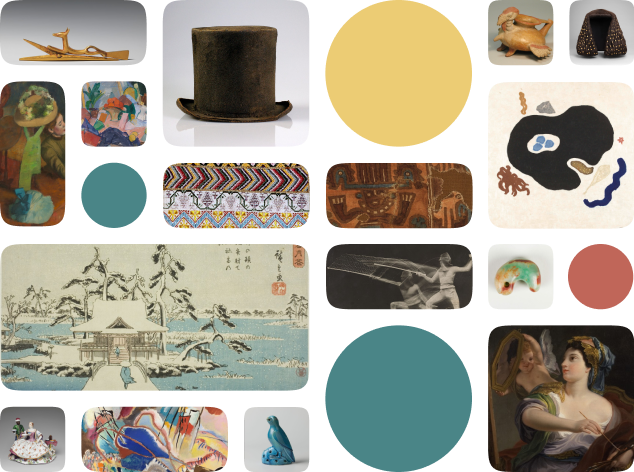Pepohoan Women; Mode of Carrying Child; Costume of Baksa Women; Lakoli
Creator Name
Cultural Context
Date
Source
About the Work
First published in Volume Two of Illustrations of China and Its People (1873), this collotype print features Taiwanese Plains Indigenous people—mostly women and children—engaged in domestic activities in the Baksa (木柵) and Lakoli (六龜區) regions. The print combines four photographs taken during Scottish photographer John Thomson's 16-day stay in Formosa (now Taiwan) in April 1871, when he accompanied Scottish Presbyterian missionary Dr. James Laidlaw Maxwell to the area. Although Thomson traveled widely across East Asia, this brief trip was his only documented visit to Taiwan. Thanks to Maxwell's connections with Indigenous groups in the western coastal plains near the city of Tainan, cultivated through years of medical and missionary work, Thomson was among the early Westerners to visually document various Plains Indigenous communities.
The Taiwanese Plains Indigenous people—also known as the Pingpu, and referred to by Thomson and other 19th-century European sources as the "Peophoan"—had already endured centuries of Spanish, Dutch, and Han Chinese colonization prior to Thomson and Maxwell's arrival. This process was especially pronounced during the colonial regime of the Dutch East India Company (VOC), which not only introduced Western influence to the island but also brought tens of thousands of Han laborers, fundamentally reshaping Taiwan's cultural landscape. Today, most Pingpu communities have been heavily assimilated into Han society. Yet at the time of Thomson's visit, Indigenous lifeways were still evident. Despite growing outside influence, the photographs featured in this print are significant because they capture a moment before the full impact of Sinicization on this group.
Work details
Title
Creator
Worktype
Cultural Context
Material
Dimensions
Technique
Language
Date
Provenance
Style Period
Rights
Inscription
Location
Source
Subjects
Topic
Curationist Contributors
Related Content
All Works in Curationist’s archives can be reproduced and used freely. How to attribute this Work:
Help us improve this content!
Save this work.
